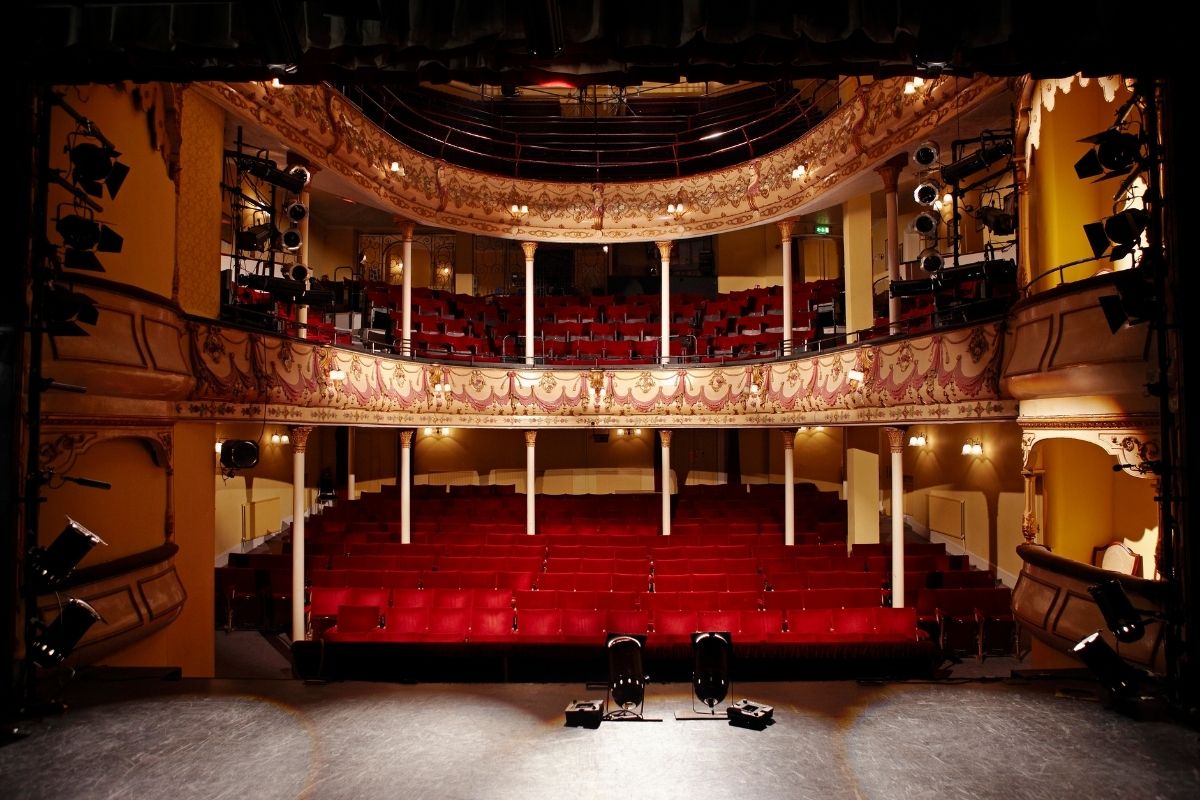Should You Join a Performing Arts Union?
Why join or not join a union? If you join a union, whether it’s Equity or SAG-AFTRA, you are guaranteed a certain amount of money per week. You have rights as an actor, and actors always need to look for places where they have rights because we are easily preyed upon. I don’t just mean things related to the MeToo movement. It can even be something like a director deciding to keep the actors past the allotted eight hours.
We need to work on actors’ knowledge of this during online performing arts education. For example, when you’re told to stay late, you can say, “I’m in Equity, I’m out,” and no harm should come to you. The same goes for SAG-AFTRA members.
When you’re in a union, the pay scale is different, and you have rights. You can be called to set, but you need a 12-hour turnaround time. They have to give you 12 hours from the time you get the call to the time you have to show up. That’s not always the case if you work non-union.
In a union, you have the possibility of health benefits if you work a certain amount. Also, the union automatically has a retirement fund for you.
On the other hand, anyone in performing arts education should also be aware of the disadvantages of being in a union. You can’t do non-union work if you are in a union. In markets like LA and New York, that’s less of an issue because there’s a lot of union work in those places. In off markets, it could be more of a problem.
For example, I came across this in Seattle quite often because I was in AFTRA. There were things that I could not do. There was a fair amount of performing arts work there that I just couldn’t take because I was in the union, and I wasn’t willing to give up that status for it. I was not willing to work non-union and change my face and name just to get work. That’s crossing lines, and I don’t believe in that. I think unions are an amazing thing.
The question about whether or not you should join is a very personal one. If you are comfortable doing work that is non-union, and you are working a fair amount or fairly often, then there’s no need for you to join. If you want to get into a larger market and do the bigger work, then you should join the union.
I think that would be my advice. Also, if you’re in, you can decide to defer or leave and then do non-union work, but it’s a bit of a steep thing to get into. Not everybody is very interested or curious about trying to get out of it.


